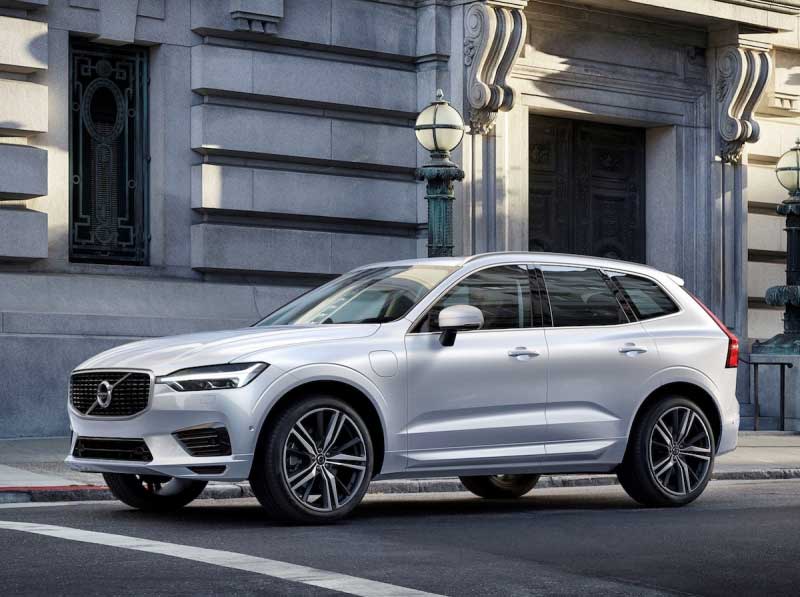Born as an intermediate alternative for customers who want to electrify their day-to-day lives and not give up on long journeys without difficulties, plug-in hybrids have become a fundamental piece in the transition of some of the main automotive groups. But now they face accusations from some groups claiming that their emissions are much higher than those declared by the brands.
This has been indicated by the pressure group Transport & Environment and Greenpeace, which in a report have indicated that the real emissions of one of these vehicles reach 120 grams of CO2 per kilometer. Very far from the 44 grams declared on average by manufacturers who perform their measurements in the unrealistic conditions of a laboratory.
A contradictory situation since plug-in hybrid electrics (PHEV) are sold as a low-emission alternative and, in many places, enjoy both public aid for their purchase, as well as benefits when accessing certain areas and their parking.
Factors that collide with the many times misuse of their system by customers who in many cases never recharge their car, mainly in company cars where the company pays for gasoline, but not electricity. To which is added that many models incorporate a function that automatically starts the combustion engine in certain circumstances, for example, on cold days or during acceleration, even with a good part of the charge in the battery.
The data of more than 20,000 units spread throughout Europe and whose data have been shared by their owners have been analyzed to know the real figures. The result is that a plug-in hybrid model will have average emissions during its useful life of 28 tons of CO2, a figure that compares with between 39 and 41 tons of a diesel or gasoline model, or 33 tons of a non-plug-in hybrid.
From Greenpeace, it has been indicated about plug-in hybrids: “They can seem a much more respectful option with the environment. But the false claims of lower emissions are a ploy by automakers to keep producing SUVs and diesel and gasoline engines.”
For its part, the automotive industry indicates that “PHEVs offer flexibility that few other technologies can match with a wide range for longer trips outside the city, and the use of the battery in urban areas, reducing emissions and improving air quality in urban areas.”
A technology that they indicate is improving their capacities, expanding autonomies in electric mode, which will gradually reduce their emissions.
A problem of misuse is challenging to solve, since it would be necessary to examine whether the vehicle has been used correctly, which would mean monitoring the kilometers traveled and each battery’s charge and discharge cycles. A titanic task that does not seem to be likely accomplished.

